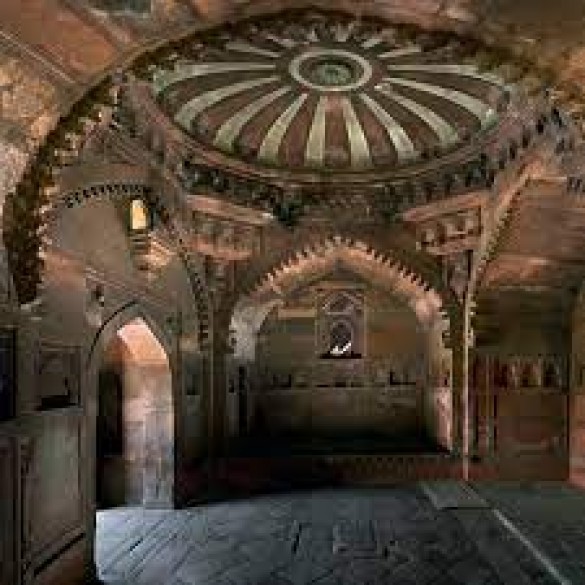
In the heart of India's rich history lies the Jahangiri Bell, an awe-inspiring artifact from the glorious Mughal era. This majestic creation beckons us to delve into its past, revealing not only the craftsmanship of its time but also the significance it held in the Mughal Empire. Let's embark on a journey to uncover the secrets and stories behind the Jahangiri Bell.
The Craftsmanship of the Mughal Empire
The Mughal Empire, often celebrated for its architectural marvels, cultural accomplishments, and opulent lifestyle, left a profound impact on the Indian subcontinent. The Jahangiri Bell stands as a prime example of the Mughal Empire's unparalleled craftsmanship.
The Bell's Creator - Who Was Behind It?
Jahangir - The Mughal Emperor
The Jahangiri Bell is aptly named after one of the most influential rulers in Mughal history, Emperor Jahangir. Jahangir, whose name means "conqueror of the world," was a fascinating character who ascended the throne in 1605, succeeding his father, Emperor Akbar. He was a patron of the arts and a man with a deep appreciation for beauty and elegance.
The Purpose of the Jahangiri Bell
Religious Significance
The Jahangiri Bell served a multifaceted purpose during the Mughal era. One of its most vital roles was in religious ceremonies. It would ring out during prayers, solemnizing the connection between the Mughal Empire and its spirituality.
Signaling and Announcements
Besides its religious role, the bell also played a pivotal part in the functioning of the Mughal court. It was used to announce royal proclamations, important events, and even the arrival of the emperor. Its powerful resonance would pierce through the air, capturing the attention of everyone within its vicinity.
Decorative and Architectural Element
In addition to its functional roles, the Jahangiri Bell was a striking decorative and architectural element. Its presence was meant to awe and inspire, reflecting the grandeur of the Mughal Empire.
The Construction of the Jahangiri Bell
Materials Used
The construction of the Jahangiri Bell was a feat of metallurgy. It was crafted from a combination of various metals and alloys. The careful selection of materials contributed to the distinct resonance that set it apart.
Intricate Design and Engravings
One cannot help but be mesmerized by the intricate engravings and ornate patterns adorning the bell's surface. These designs are a testament to the skilled artisans who dedicated themselves to their craft.
Dimensions and Weight
The Jahangiri Bell, with its substantial size and weight, was not merely an ornament but a true marvel of engineering. It was a bell of significant dimensions, its weight signifying the strength and prowess of the Mughal Empire.
Preservation of the Jahangiri Bell
Relocation and Renovations
Over the centuries, the Jahangiri Bell embarked on a journey of its own. It witnessed several relocations and underwent renovations to ensure its preservation. This journey underscores the value placed on this historic treasure by successive generations.
Current Location
Today, the Jahangiri Bell can be found in a place of honor, echoing its role in history. Its current location pays homage to the Mughal era and the cultural heritage it represents.
Symbolism and Legacy
Cultural and Historical Significance
The Jahangiri Bell holds a profound cultural and historical significance. It is not merely an inanimate object but a living symbol of the grandeur of the Mughal Empire. Its presence in the annals of history resonates with tales of opulence, power, and artistic brilliance.
Influence on Art and Architecture
The legacy of the Jahangiri Bell extends far beyond its original purpose. It has left an indelible mark on Mughal art and architecture. The intricate engravings, the choice of materials, and the bell's sheer size have inspired subsequent generations of artists and architects. In conclusion, the Jahangiri Bell is a remarkable artifact that not only reflects the grandeur of the Mughal Empire but also serves as a testament to the artistry and craftsmanship of its time. It stands as an enduring reminder of a bygone era when culture, art, and spirituality converged in the heart of India. This bell, named after Emperor Jahangir, continues to echo through time, resonating with the stories and legacies of a great empire.
Air India Suspends Tel Aviv Flights Amid Israel-Hamas Conflict
Durga Puja 2023: Kolkata Metro Extends Services, Opens More Counters